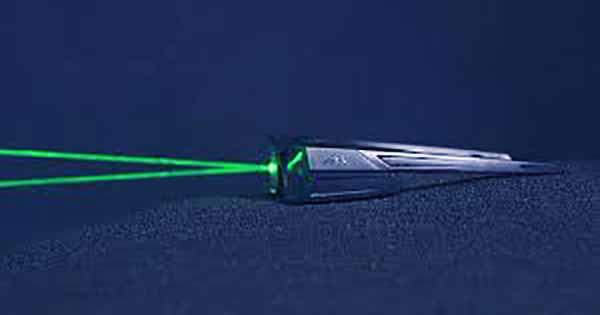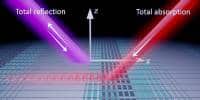In an effort to study solids in the quantum state, a team of scientists used lasers to freely lift and cool nanoparticle at temperatures as low as 0.00001°C. By cooling a solid object dramatically in its ground state, which is the lowest energy level that a particle can occupy, quantum mechanics can begin to dominate its motion.
This will allow scientists to observe quantum effects at the “macroscopic” level. At the quantum scale (i.e. very small) when the heat and energy of a particle are interchangeable. So for the particle to cool, its speed needs to be restrained. With the help of lasers it was possible to achieve this with large clouds of tens of millions of atoms, but quantum control of solids, whose density is one billion times greater than that of atomic clouds, was not seen as imminent.
Anyway, a team of researchers from the University of Vienna, the Austrian Academy of Sciences, and the Massachusetts Institute of Technology (MIT) have told science that the success of their laser-cooling method could penetrate a 140-nanometer-wide glass bead quantum regime.
The particle, which is 1000 times smaller than a grain of sand, was optically trapped in a vacuum by a focused laser beam with a quantized frequency. Worship is achieved because of the interaction between light and the particle itself.
The team credits Nobel laureate Arthur Ashkin, who originally introduced the concept in the 1980s. In the optical cavity where the pendulum particle is stuck, the goal is to reduce the speed of the particle. To do this requires the control of the processes that propagate between photons and particles that conduct changes in their kinetic energy.
As the laser beam mirrors the cavity mirrors, they intervene and produce a steady wave. If the particle is driven with the minimum density of the wave (node), the photos of light simply cannot scatter the object anxiously about scattering. When the correct trapping frequency is selected, the elastic scratching processes that will increase the kinetic energy of the particles are suppressed, while they are improved by reducing the kinetic energy.
The result is a continuous removal of energy and as a result, the particle cools so that it does not reach the ground. Known as “cooling the cavity with compact diffusion”, the method was proposed by Austrian physicist Helmut Ritz at the University of Innsbruck and independently by research co-authors Vladan Vuletic and Nobel laureate Steven Chu.
The previous measures involved the oscillations involved in cooling the quantum chain, where the environment of the instruments itself proves to be a challenge. However, by levitating solids, cooling can be achieved in a room-temperature environment.
Nikolai Kiesel, co-author and assistant professor at the University of Vienna, said in a statement, “Optical levitation brings a lot more freedom: by changing the optical trap – or even turning it off – we can manage nanoparticle motion in a whole new way.”A decade ago we started this experiment inspired by the possibility of quantum testing in new departments. We have finally opened the door to this system.”
Being able to study relatively large solid objects in the quantum state is a huge deal. As quantum superposition observes, a principle that any physical system can exist in many configurations, its effects can advance scientists’ understanding of quantum gravity rather than scattering gases instead of compact solids. More generally, the team hopes that their research will further advance the study of quantum phenomena involving the larger public. More generally, the team hopes that their research will further advance the study of quantum phenomena involving the larger public.















